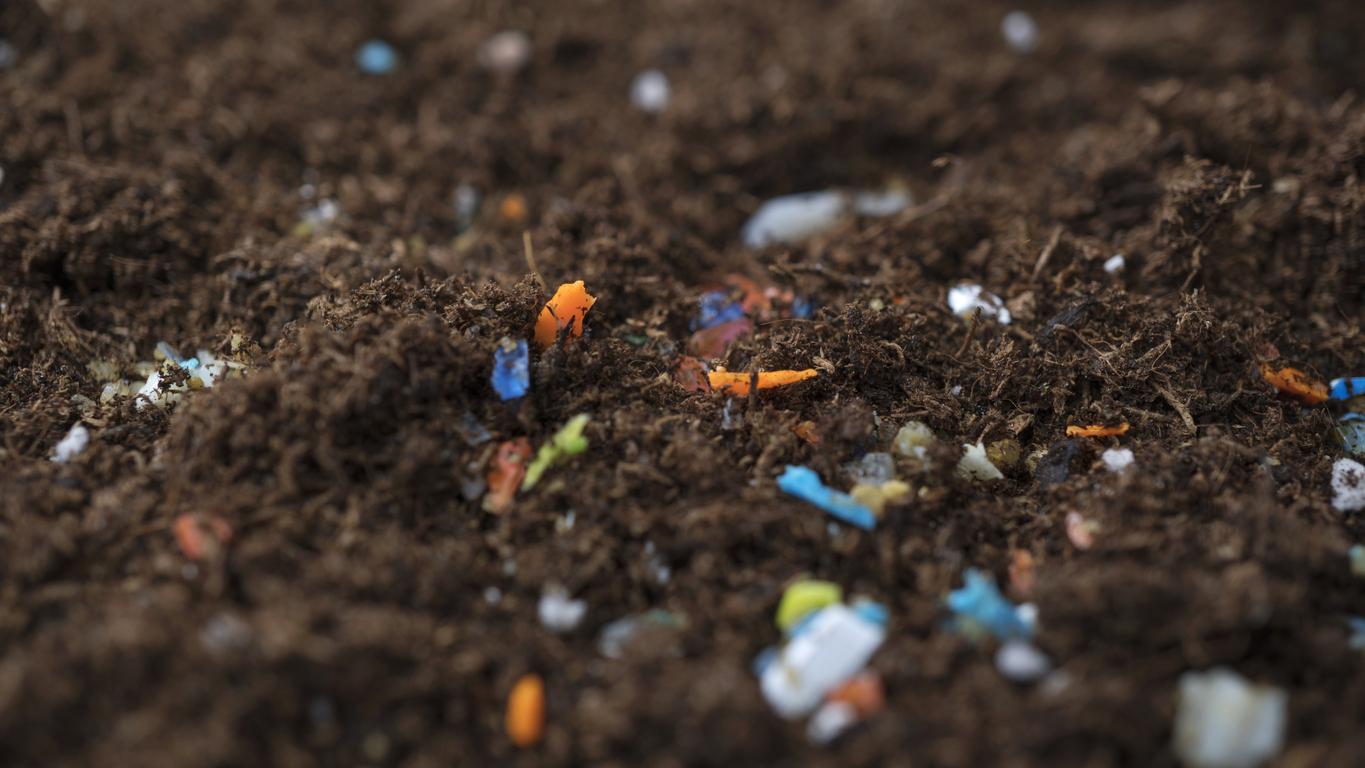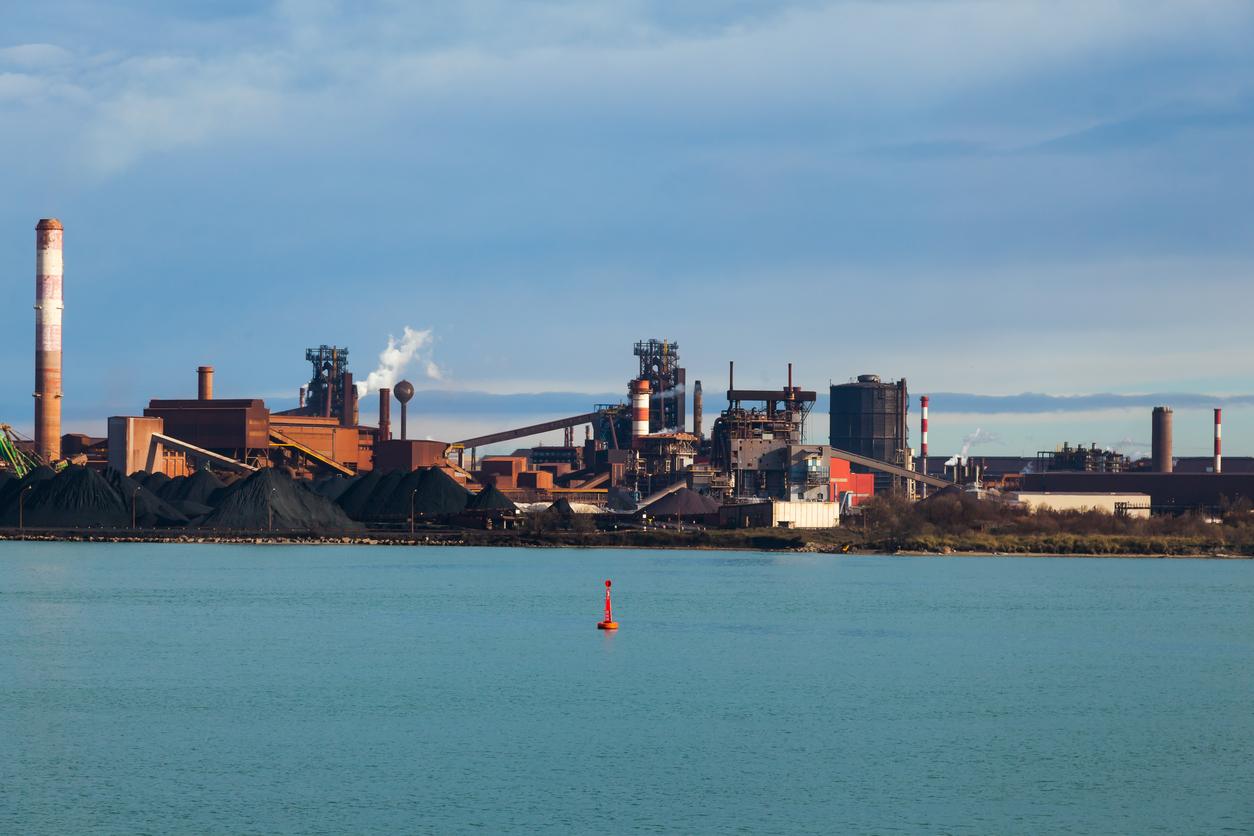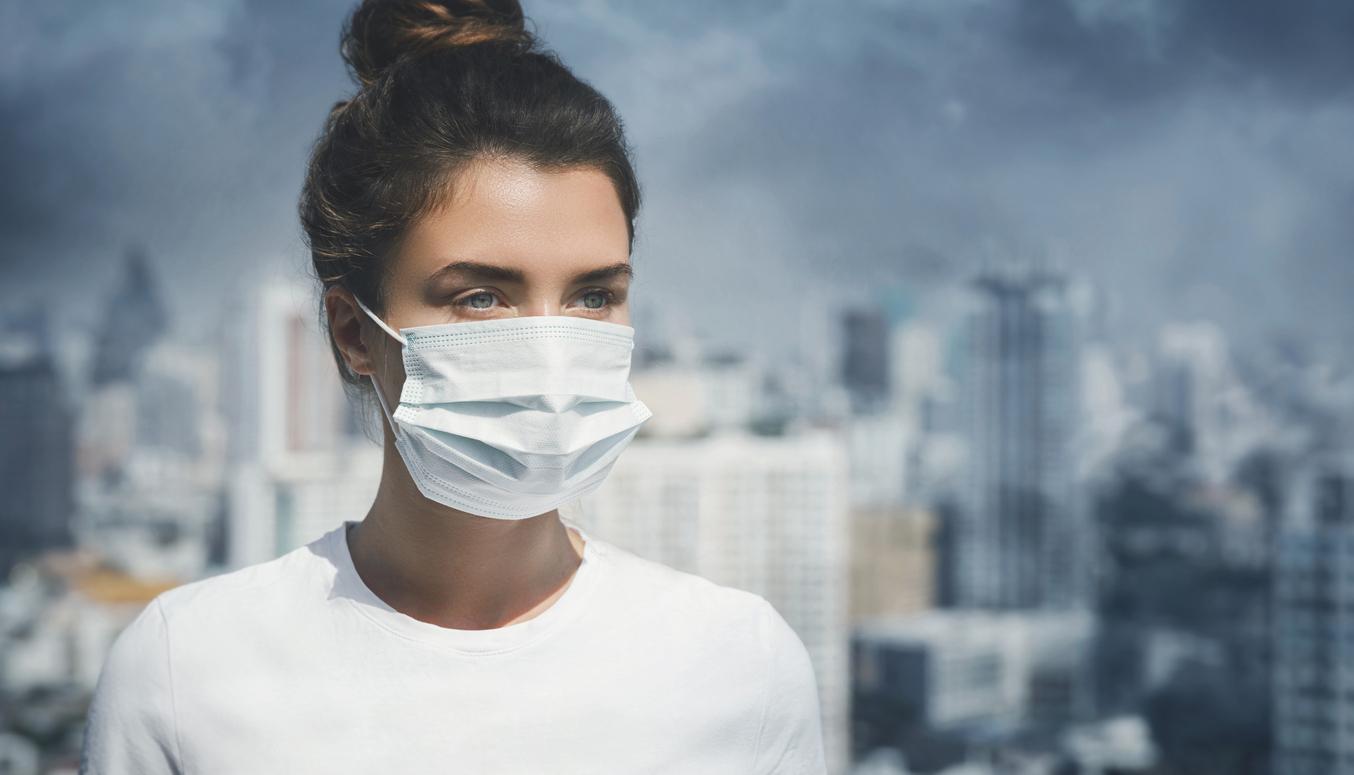It was predictable. With the heat wave, the absence of wind, the strong sunshine and the exhaust gases emitted by the cars, all the ingredients are there for the formation ofozone. This atmospheric pollutant is indeed back, with regulatory thresholds being exceeded in several regions of France, and in particular in the South-West, in the Rhône-Alpes and in the Paris region. The vigilance threshold has therefore been activated, since the ozone concentration exceeds 180 micrograms per cubic meter of air in these regions.
Irritating, ozone is a secondary photochemical pollutant: it results from chemical reactions between volatile organic compounds (such as hydrocarbons) and nitrogen oxides from transport and industry. Under the effect of UV rays from the sun, all of these pollutants combine with oxygen in the air to form ozone. This is one of the reasons why ozone pollution peaks are much more frequent in summer than in winter.
But contrary to popular belief, ozone pollution is not limited to cities. Emitted above cities, pollutants can travel with air masses and turn into ozone once they reach rural areas.
Because it irritates the respiratory tract, ozone is a particularly harmful pollutant for health. By penetrating into the bronchi, ozone can cause alterations in lung function, a dry cough, shortness of breath, chest discomfort or even an asthma attack. Ozone is also irritating to the eyes.
In 2014, an assessment of the risks of urban pollution by the Ile-de-France Regional Health Observatory showed that days of heavy ozone pollution were associated with a 6.1% increase in mortality. due to respiratory and cardiovascular accidents.
If measures have already been taken to try to limit this peak in ozone pollution, it is advisable to limit physical activities in the heat, when the ozone concentration is the highest. It is also better to favor the ventilation of your home during the cooler hours, early in the morning or late in the evening. Finally, it is recommended to limit your trips by car, to favor public transport and to avoid using aerosol cans to limit the emissions of volatile organic compounds.
Read also :
Infographic: what is a pollution peak?
Older people and women more sensitive to ozone
Pollution: it increases the risk of autism in babies

















